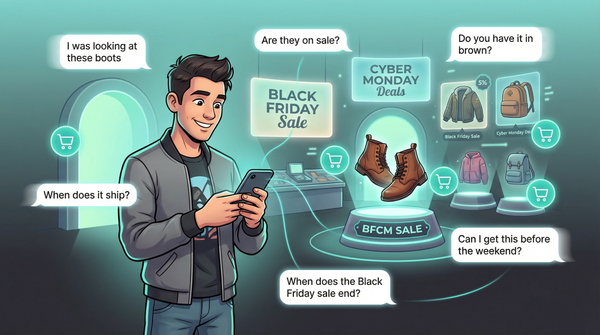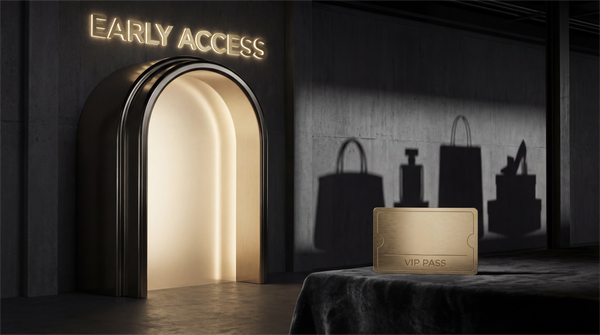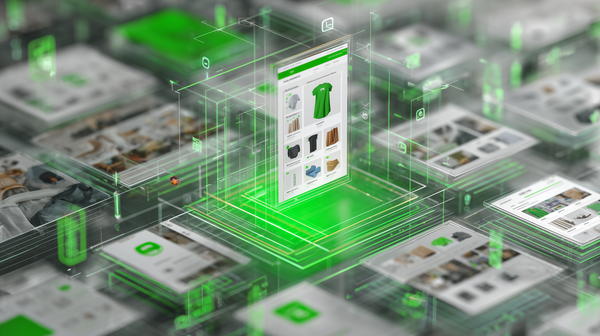Shipping Sticker Shock: 2025 Rate Hikes Hit Shopify DTC Margins

Shipping just got more expensive—and DTC operators are already feeling it in their P&Ls.
On July 13, USPS rolled out its second rate increase of the year, raising Ground Advantage by 7.1% and adding a new $4 surcharge on “nonstandard” packages like poster tubes, large boxes, and odd shapes that can't be machine sorted (EasyPost, Zenventory).
If you sell rolled prints, rugs, or literally anything in a triangle—you're paying extra now.
UPS and FedEx weren’t far behind. Both raised base rates 5–6% this year and quietly increased fuel surcharges as diesel prices fell, with FedEx’s fuel surcharge up 12% YoY in Q1 (Supply Chain Dive). Even rural surcharges on certain zones are up nearly 69% (Falcon Fulfillment).
For small- and mid-sized Shopify brands, this isn’t just inflation—it’s a forced rethink of how you handle fulfillment, customer expectations, and margin preservation.
The Real Cost of "Free" Shipping
If you’re fulfilling a $50 order and paying $8 in shipping, a 7% hike adds about $0.56 per order. That may sound small—until you realize most brands are operating on 10% net margins.
That $0.56? It’s 10% of your profit—gone.
| AOV | Pre-Hike Shipping | +7% Rate Hike | Margin Hit (on 10% net) |
|---|---|---|---|
| $40 | $7.00 | $7.49 | -12.3% |
| $50 | $8.00 | $8.56 | -11.2% |
| $75 | $9.00 | $9.63 | -8.4% |
| $100 | $10.00 | $10.70 | -7.0% |
Now factor in USPS’s $4 non-machinable fee—and that same $50 order might have shipping costs jump by 50% or more.
As Brad Obert, VP of Logistics, put it: “Shipping costs are climbing, and brands are feeling it… parcel spend alone can eat up 10–15% of your total revenue” (LinkedIn).
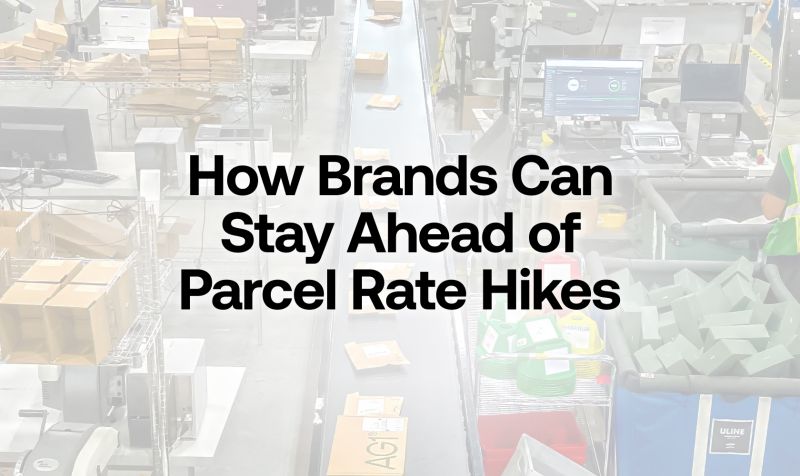
Consumers Still Expect Free Shipping. Now What?
62% of U.S. shoppers say free shipping is just as important as price, and 48% abandon carts when fees show up unexpectedly (NerdWallet, StatsUp).
But continuing to offer free shipping across the board is no longer sustainable.
A USPS IG study found that 68% of small businesses raised product prices to cover past hikes (AInvest). In 2025, the playbook is evolving further:
- Bake shipping into MSRP
- Raise thresholds (e.g. free shipping at $75+)
- Tier delivery speed (free standard, paid express)
- Introduce modest flat fees
“American companies are raising prices while Chinese companies are lowering them,” noted founder Fabricio Miranda on LinkedIn (LinkedIn).
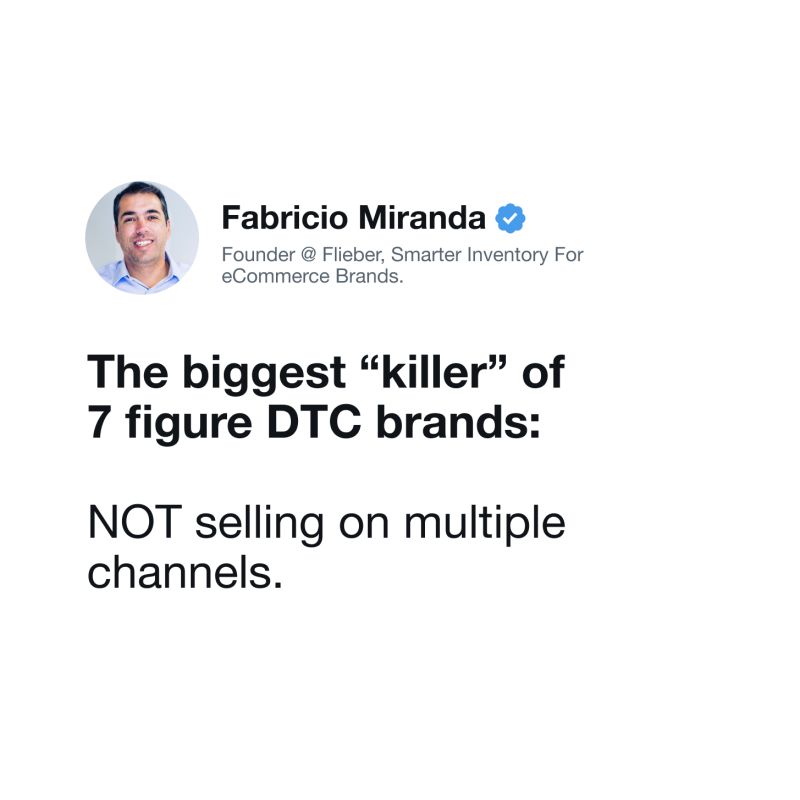
Packaging Is Now a Profit Lever
USPS’s new $4 nonstandard fee penalizes anything that can’t be sorted automatically—including round tubes, triangle boxes, or oversized dimensions (EcommerceBytes).
Brands are redesigning packaging in response:
- Switching from tubes to flat mailers
- Compressing rugs or textiles to fall under USPS machinable size
- Auditing declared dimensions to avoid overpaying on dimensional weight
Even moving a package from 24″ to 21″ can mean avoiding a $4 fee entirely.
How Operators Are Reworking Fulfillment
Rising shipping costs are pushing more brands toward multi-carrier setups, regional 3PLs, and zone-based optimization.
Here’s what we’re seeing:
- Regional warehouse splits (East + West)
- Rate shopping tools like Shippo, EasyPost
- Local courier options for metro areas
- SKU bundling to increase AOV and reduce shipping frequency
Shopify’s Flexport integration is gaining traction too. The Flexpedited program offers ~3-day shipping with 10% off fulfillment and shipping costs for participating merchants (Supply Chain Dive).
Some are even turning to Amazon MCF, drawn by its decision not to raise 2025 FBA fees—and in some cases, lower them (Amazon Selling Partners).
Communicating the Change Without Losing Customers
Messaging matters. If you're changing your shipping policy, don’t let it kill conversion.
DTC brands are finding success with:
- Anchored transparency: “We kept product prices flat, so shipping now applies under $50.”
- Speed tiers: “Free 5–7 day, $8 2-day.”
- VIP incentives: Free shipping as a loyalty or membership perk
- Soft transitions: Promo codes like “SHIPFREE” during the rollout
A recent survey showed 41% of consumers would shop small businesses more if shipping were more convenient, and 36% said free shipping was the key trigger (NerdWallet).
The Future: More Strategic, Less “Free for All”
Shipping won’t stop being a dealmaker. But the old playbook of “free shipping for everyone, always” is fading.
Expect more nuanced models:
- Free for loyalty tiers
- Free only on economy delivery
- Free on $X+ AOV or subscription orders
The smartest operators will treat fulfillment like CAC: a lever to monitor, optimize, and build loyalty around.
Subscribe for weekly DTC insights.



